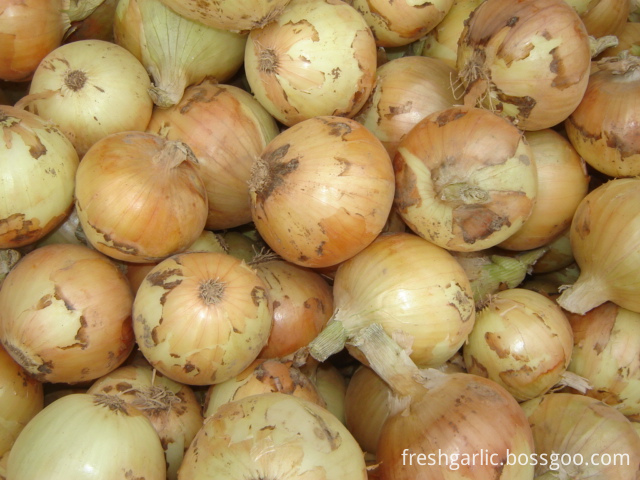Find out why, correctly deal with zucchini
Recently, many greenhouse squash emerged in different degrees of "melon" phenomenon. What are the reasons that cause zucchini to "fructify"? Fundamentally speaking, “cucurbit†of zucchini is a kind of physiological disease, which is mainly due to improper management of temperature in greenhouses or cloudy and snowy weather for a long time. The lack of light reduces the assimilation of leaves, resulting in fewer photosynthetic products and insufficient nutrient supply of fruits and melons. Caused. Experts remind farmers and zucchini to “finalize melons.†Identifying the reasons and correctly responding are the key.
1. Temperature reason. The high night temperature causes the plants to prosper, and the vigorous stems and leaves consume a large amount of nutrients, so that the melon strips do not have enough photosynthetic products to cause the melons. In addition, the greenhouse insulation performance is not good, during the day below 20 °C, at night below 10 °C, will also cause the weakening of the root absorption capacity, photosynthesis decline, resulting in nutrient hunger can also cause melon.
Countermeasures: Adjust the temperature, strengthen management, control the night temperature, increase the temperature difference between day and night, and reduce respiratory consumption. Keep it at 22-24°C during the day. If the temperature is too high, it should be properly ventilated. Keep at 10-12°C during the night. If the temperature is too low, it can be solved by manual heating.
2. Light reasons. Zucchini enters the flowering stage. At this time, if it encounters continuous cloudy or rainy weather, the temperature difference between day and night is small, and the photosynthesis is affected, the consumption of nutrients is more than that of manufacture, and it will cause malnutrition and metamorphosis.
Response: Supplemental lighting. If you keep the temperature in the shed, you should pull it in and out early. On cloudy days, we must also open the straw curtain to let the plants see light. If you encounter rainy weather, you can use the hanging lights, laying reflective film method to add light.
3. Planting density is too large. The size of the density is also one of the factors affecting the melons. With high density, the roots under the plant are highly competitive in nutrients, the upper leaves do not receive sufficient light, and the photosynthetic efficiency is low. This can easily result in insufficient supply of nutrients but increased consumption and increase the rate of melons.
Response measures: Determine the appropriate density. The planting density should be controlled at 2000-2500 plants/mu. When planting with a row spacing, you can refer to a large row spacing of 80cm, a small row spacing of 60cm, and a plant spacing of 40cm.
4. Causes of anther concentration. The improper use of anthraquinone anthocyanin concentration results in shrinking and hardening of the middle leaves or middle and posterior layers, reducing the photosynthetic intensity and nutrients and turning the melons off. When pollination is poor or the concentration of anthers is not appropriate, auxin cannot be produced in the ovary, resulting in abnormal growth of embryos and endosperm, and in addition to vegetative growth and competition for nutrients, when the supply of nutrients to female flowers is insufficient, the auxin content of the ovary decreases. Can not be solid and melon.
Response measures: The concentration of anthers should be changed with the change of temperature. The high temperature concentration should be low, and the low temperature concentration should be high. In the 2-3 days after flowering of zucchini, sneezing with 100mg/kg of the anti-dropping agent can make the young melon grow faster and make the melon more difficult.
In addition, if the number of melons is too high, or the growth of roots is weak, the imbalance between the growth of the ground and the underground will also cause melons to grow. At this point, it is necessary to cultivate a robust root system, and adjust and solve it in conjunction with appropriate elimination of excess melon strips.
From the month of May, the new crop of onion from Jinxiang has harvested. After dried enough, the Yellow Onion can be packed and shipped from the month of June. The new crop Fresh Onion has very beautiful appearance and great quality. Jinxiang is a famous county which has large area planting garlic and onion.
1. Commodity name: Fresh Onion
2. Feature: Natural color, Thick and full skin, No stain and soil on outer skin, Firm and no rotten.3. Size: 3.0-5.0cm, 5.0-7.0cm, 7.0-10cm
4. Variety: Yellow Onion and Red Onion
5.Packing:
1) 10kg/carton, 20kg/carton, 10kgs/mesh bag,20kg/mesh bag and 25kgs/mesh bag
2) or according to the clients' requirements.
6. Supply Period:
A) Fresh season: May to the middle of August
B) Cold storage season: August to December.
7.Conveyance:26-30MT/40'HR (loading quantity depending on packing)
8.Transporting and storing temperature: 0°C -+1°C

Yellow Onion
Yellow Onion,Fresh Yellow Onion,Organic Yellow Onion,Yellow Round Onions
JINING FORICH FRUITS & VEGETABLES CO., LTD. , https://www.forichgarlic.com